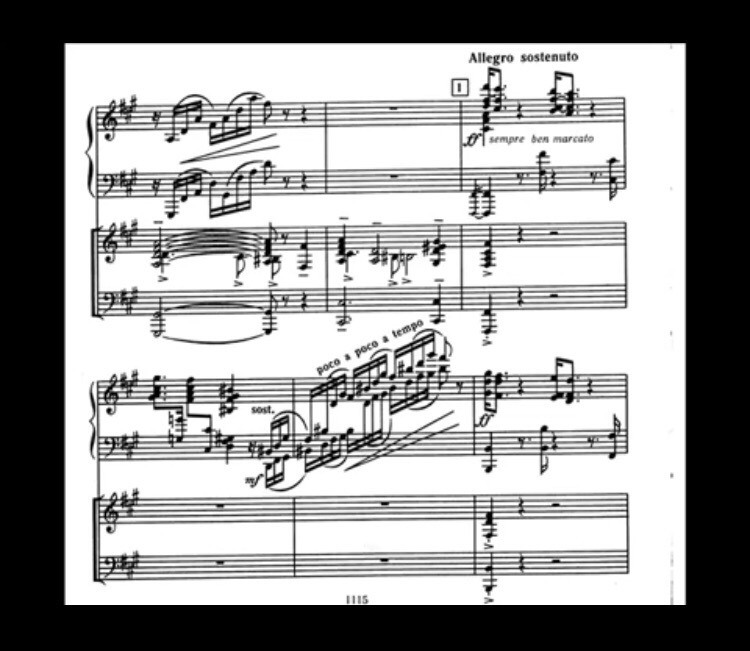Music Analysis
This page is dedicated to studying scores. I’ll start posting short postings analyzing various works. A good learning exercise, I’ll add the musical concepts that I am learning here. I hope you enjoy this learning journey with me!
Nov. 16, 2017
I’ll kick this off with a work by Claude Debussy – Trois Nocturnes
Instrumentation, First Nocturne:
(From (Instrumentation List from Wikipedia )
It is scored for
three flutes (the third doubling piccolo)
two oboes
cor anglais (English Horn)
two clarinets in B♭
three bassoons
four horns in F
three trumpets in F
three trombones
tuba
timpani
cymbals
snare drum
two harps
wordless female chorus (in Sirènes only)
strings
(Check out this link of a demonstration between the Oboe and the English Horn from two musicians from the Rochester Symphony Orchestra)
I. Melodic Analysis:
mm 1 – 2
Two clarinets and two bassoons begins the piece with quarter note chords and establishing the motive.
mm 3- 4
An oboe comes in with a shortened version of the melodic motive.
mm 5 – 8
Next an english horn seems to finish the melodic motive that the oboe starts in mm 3-4. All other instruments are silent except for the clarinets and bassoons which are holding a note over from measure 4.
mm 6
The flutes and french horns enter with a whole note chord held over to measure 7.
mm 7/Section 1
Here the strings enter the first time. They enter divisi a 3. The timpani also enters at this point with a ppp dynamic marking on the trills.
mm 8
mm 11 – 13
The strings then repeat the motive similar to the beginning of the piece in mm 1 – 3
mm 13 –
The strings play a modified version of the motive which follows an ascending melodic line.
mm 14 –
The contour changes and there is a descending line in which the violins, violas, and cellos play. The contrabass enters on the last beat for greater emphasis.
mm 15 –
Lucija Garuta
